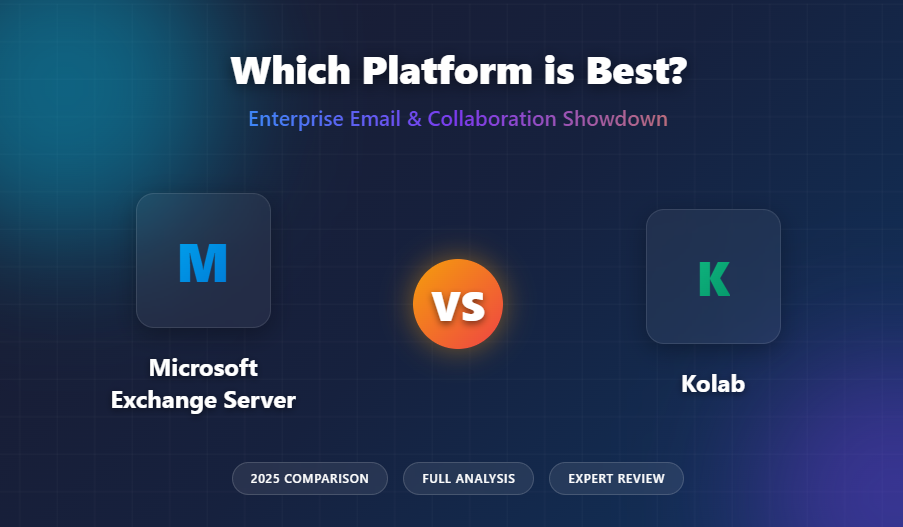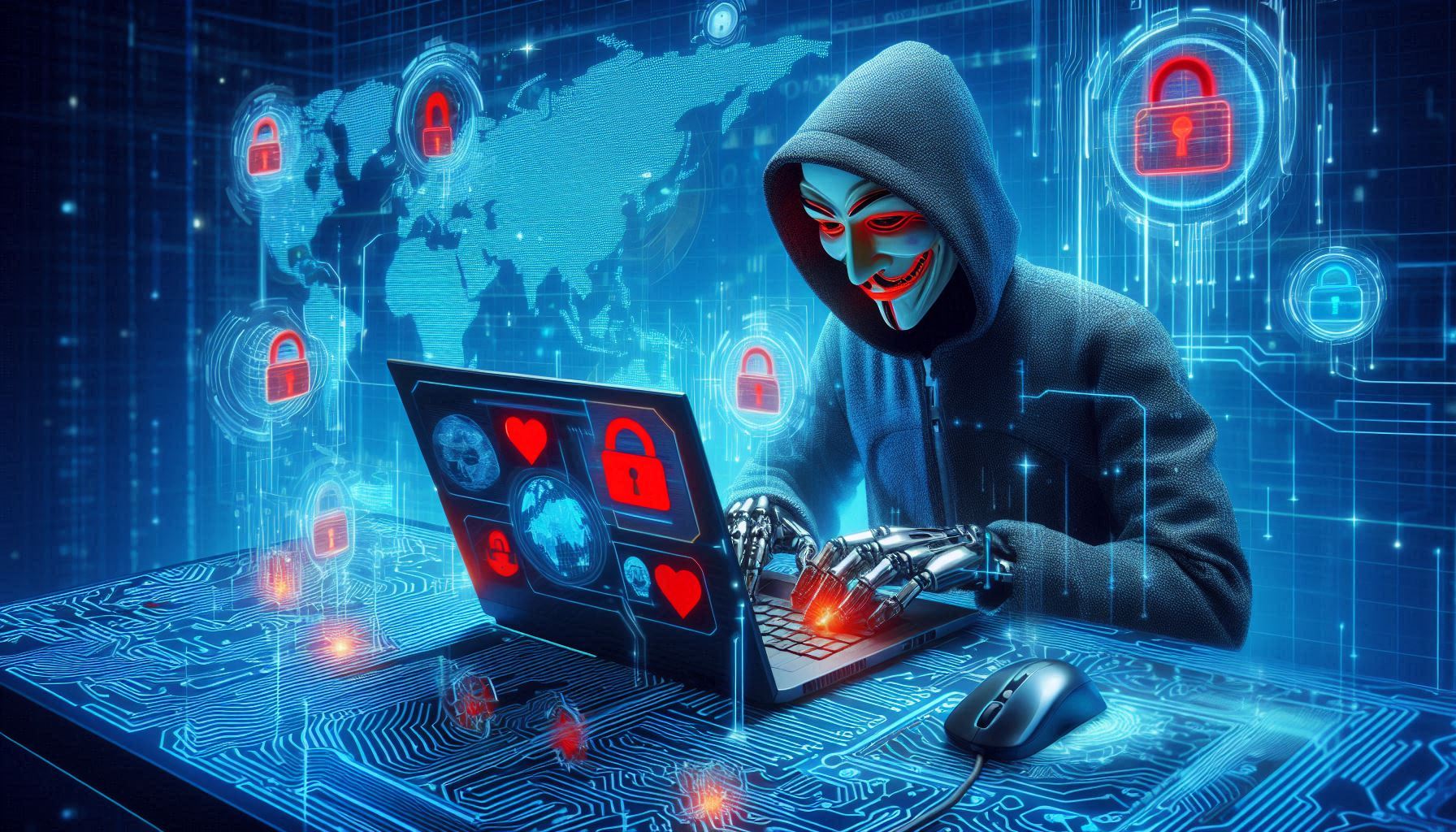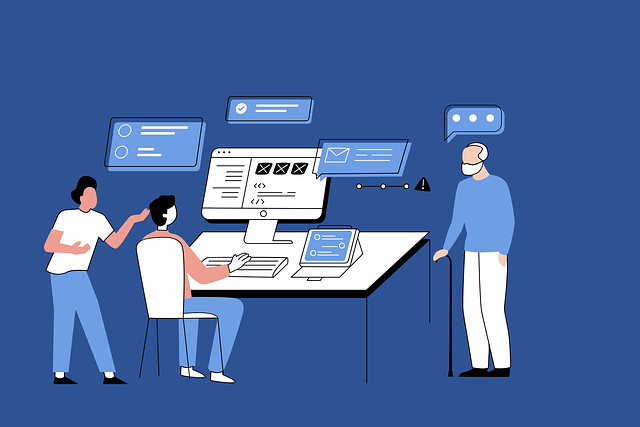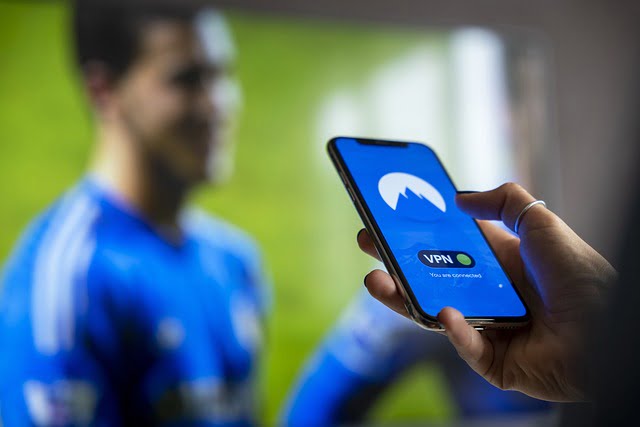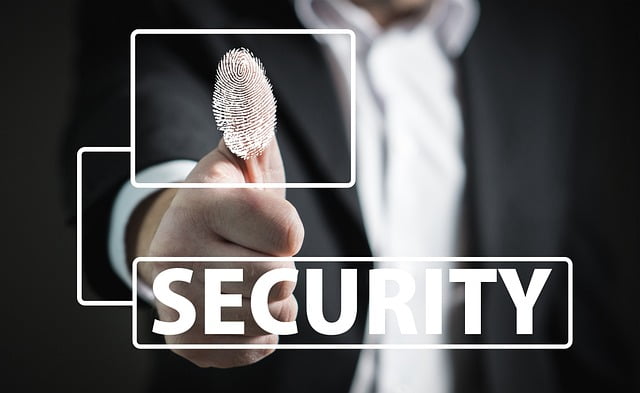Is Your Digital Life a Ticking Time Bomb?

The Illusion of Digital Safety
We live in an era where digital convenience is the oxygen of modern life. From your morning banking app to your late-night Netflix binge, everything flows through screens and servers. The average internet user today holds more than 100 digital accounts across platforms — emails, payments, streaming, health apps, social media.
It feels seamless. It feels safe.
But under the surface, your digital ecosystem may be a ticking time bomb — ready to explode with one weak password, one phishing link, or one misplaced trust in “free” Wi-Fi.
And unlike cinematic bombs, this one doesn’t beep. It detonates quietly, often without your knowledge, until the aftermath is irreparable.
The Hidden Weak Links in Your Digital Life
Cybersecurity isn’t a futuristic threat; it’s today’s silent epidemic. And the danger doesn’t come from “super-hackers in hoodies” — it comes from the ordinary habits we’ve normalized.
🔹 Password Recycling: A Google survey found that 65% of people reuse passwords across accounts. That means if one account is compromised, a hacker essentially gets a master key to your entire life.
🔹 Public Wi-Fi Addiction: Free café Wi-Fi feels harmless. But a 2024 Cisco study revealed that 32% of identity theft cases started with unsafe network usage.
🔹 Software Neglect: McAfee’s 2025 report showed that nearly 40% of users skip critical updates — even when patches are security-related.
🔹 Trusting Too Much Tech: Antivirus and firewalls are great, but 95% of breaches are caused by human error (IBM). That means no tool can replace vigilance.
Every digital habit you ignore is not just a “bad practice” — it’s a live wire added to your personal time bomb.
The Business Cost of Digital Negligence
For individuals, a compromised Facebook or Gmail account can cause headaches. But for businesses, the stakes are existential.
- ARR at Risk: Recruiterflow, a B2B SaaS company, scaled ARR to $10M largely by leveraging secure data flows. But imagine the reverse — a breach can wipe millions in value overnight.
- Brand Trust: A PwC study found 85% of consumers won’t do business with a company if they doubt its security practices.
- Real Case – Equifax: In 2017, a missed software patch exposed the personal data of 147 million Americans. The settlement cost? Over $700 million.
The lesson? Digital lapses aren’t just “tech issues” — they’re business killers.
Why Your Digital Life Feels Safe (But Isn’t)
Psychologists call it the optimism bias: the belief that bad things happen to others, not us.
That’s why people reuse passwords or ignore two-factor authentication — because in their head, “Why would anyone hack me?”
Here’s reality:
- Hackers don’t target you — they target patterns.
- Your email, your LinkedIn, your Dropbox, your health app — all are small entry points into larger systems.
- The average cost of a data breach in 2025 has risen to $4.88 million (IBM).
So yes, you might not be a Fortune 500 CEO, but your data is still currency in the black market.
The Real Stories Behind the Headlines
🔹 The Uber Hack (2022): A teenager accessed Uber’s internal systems through stolen credentials. Not a “Hollywood hacker,” just a smart opportunist.
🔹 The MGM Resorts Attack (2023): Hackers impersonated IT staff and used social engineering to gain access. Damage? Nearly $100M in losses and shutdown of operations.
🔹 The Personal Level: In India, cybercrime cases jumped 113% between 2020–2023, with scams as basic as OTP phishing.
Each story proves a point:
It’s not about “if” your bomb explodes — it’s about “when.”
The Psychology of Ignoring Cyber Risk
Why do we know the risks yet still act recklessly? Three reasons:
- Invisibility of Threats → You can see smoke before a fire, but you can’t see a hacker before a breach.
- The Freebie Effect → Public Wi-Fi, pirated software, free apps. The hidden cost of “free” is always security.
- Complexity Fatigue → People feel cybersecurity is too complex, so they delay, ignore, or outsource it — until it’s too late.
From Bomb to Shield: How to Secure Your Digital Life
The good news? This ticking bomb can be defused. But not with paranoia — with strategy.
1. Zero-Trust Mindset
Don’t assume safety; assume compromise. Use multi-factor authentication (MFA), especially for email, banking, and cloud storage.
2. Password Hygiene 2.0
Adopt password managers. No more sticky notes, no more “1234” at the end. Rotate passwords every 90 days.
3. Encrypt Everything
Your data is currency. Use VPNs, end-to-end encrypted messaging, and secure cloud storage.
4. Update = Insurance
Every skipped update is like leaving your front door open. Automate patches and system updates.
5. Digital Minimalism
Audit your accounts annually. Delete unused logins, revoke third-party app permissions. Less clutter = less risk.
The New Digital Wealth: Security as an Asset
In the coming decade, personal and business value won’t just be measured by revenue or reach, but by digital resilience.
- Investors increasingly ask about cybersecurity posture before funding.
- Customers choose brands based on how safe they feel transacting with them.
- Personal credibility (especially for leaders, creators, entrepreneurs) is tied to how securely they manage their online presence.
In short: Digital security isn’t a cost center. It’s your competitive edge.
The Dark Web Economy: How Much Your Data Is Really Worth
Most people think their stolen data is worthless. “What will anyone do with my Gmail or Netflix login?” they argue.
Reality check: On the dark web, data has a thriving price tag.
According to Privacy Affairs’ 2025 report:
- Credit card details with CVV: as low as $20–$80
- Bank account logins with balance $2,000+: $500–$1,000
- Social media accounts (Facebook, Instagram, LinkedIn): $30–$60 each
- Medical records: up to $250 per file (because insurance fraud = big money)
The reason? Data = leverage.
Hackers don’t want your Netflix subscription. They want the chain reaction: one login reused across multiple services → identity theft → financial fraud.
Your digital life is literally a commodity, being traded like oil or gold — except you’re the last to know.
AI and the Next Wave of Cyber Threats
If you think phishing emails are easy to spot, think again.
AI has weaponized cybercrime. Deepfakes, generative AI, and autonomous bots are turning attacks into precision strikes.
🔹 AI-Powered Phishing: Instead of broken English emails, hackers now use GPT-level tools to craft hyper-personalized messages. Verizon reports 82% of breaches in 2024 involved social engineering, and AI is only amplifying that.
🔹 Deepfake Scams: In 2023, a UK-based CEO transferred $243,000 after hearing what he thought was his boss’s voice — it was an AI-generated clone.
🔹 Autonomous Hacking Bots: These can scan millions of systems in hours, finding weak links faster than human defenders.
The paradox? AI is both the threat and the shield.
While hackers use it for exploitation, enterprises are deploying AI-driven threat detection systems that analyze anomalies in real time.
The arms race has officially moved to algorithms.
Why Cybersecurity Is the New Business Strategy
Cybersecurity is no longer an IT function hidden in the basement. It’s a boardroom priority.
Here’s why:
- Valuation Impact: After the Equifax breach, its stock dropped nearly 35% in a week. Investors now factor security posture into company value.
- M&A Due Diligence: Acquirers are increasingly asking about cybersecurity before deals. In 2024, 70% of M&A deals included digital risk assessments (Gartner).
- Customer Loyalty: Salesforce’s survey found 88% of customers demand transparency about how companies use their data. Security = trust.
Companies that treat cybersecurity as a growth enabler (not just cost) win. It’s the same shift that happened with sustainability — once optional, now non-negotiable.
So, the question isn’t “How much will cybersecurity cost me?”
It’s: “How much will it cost me if I ignore it?”
Final Thought: The Bomb Is Real — But So Is the Solution
Your digital life doesn’t need to be a time bomb.
It can be a fortress, a growth engine, a trust magnet. But only if you stop treating cybersecurity as an afterthought and start treating it as the oxygen of modern survival.
The world is moving fast. AI, deepfakes, quantum risks – the threats are evolving daily. But so can your defense.
Because in the digital age, the smartest move isn’t just building wealth online – it’s protecting it.
FAQs: Is Your Digital Life a Ticking Time Bomb?
Q1. Why do hackers even care about my data?
Hackers don’t target you because you’re “special.” They target you because data = money. Even a Gmail account can unlock password resets, financial logins, or be sold in bulk on the dark web.
Q2. How much is my personal information worth on the dark web?
It varies. A single credit card with CVV sells for around $20–$80, while full medical records can fetch $250 each. The more complete your digital footprint, the higher the value.
Q3. What’s the biggest mistake people make with digital security?
Reusing passwords across multiple accounts. One breach = chain reaction. That’s why credential stuffing attacks are so effective.
Q4. How does AI change the cybersecurity game?
AI makes phishing hyper-personalized, deepfakes more convincing, and hacking automation faster. But it also empowers defenders with anomaly detection and predictive security models. It’s an arms race of algorithms.
Q5. Is cybersecurity only important for businesses?
No. Individuals face equal risk. A hacked Facebook account can lead to identity theft, SIM swaps, or even blackmail. For businesses, however, the stakes also include brand trust, valuation, and regulatory fines.
Loading newsletter form...

